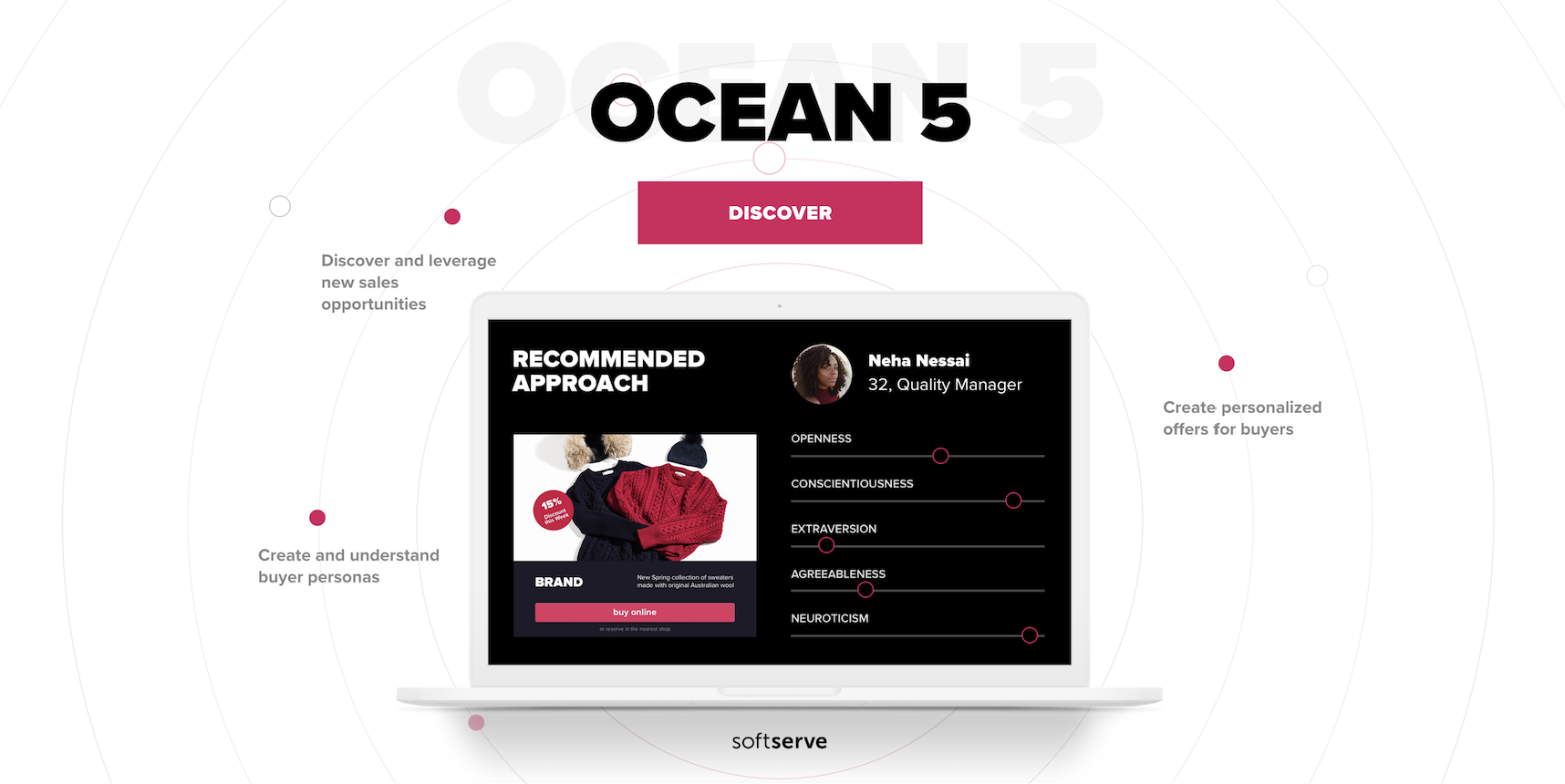Personalization starts in the mind—by understanding the way a customer thinks and how thoughts drive action, like interacting with or purchasing a product. Applying psychology to the retail experience has spanned decades from plotting store layouts and advertising through to the digital age. The deeper the understanding of consumer behavior, the better equipped retailers are in adapting to commerce culture. Leveraging insights gleaned from unconscious and conscious behavioral patterns, businesses are able to enhance the customer experience—driving revenue and loyalty.

A 2019 research study by NetSuite found 42 percent of consumers would pay more for a personalized experience. However, nearly 80 percent of customers expressed the opinion that such experiences are greatly lacking, both in store and online. Shoppers expect more from retail experiences, yet the majority of retailers are slow to deliver.
To meet customer demand at scale has never been more accessible through leveraging data with advanced technology applications. Demographic, geographic, and purchase behavior data are table stakes in the digital economy. Today psychographic data, combined with artificial intelligence (AI) and machine learning (ML) technologies offers retailers a new level of understanding into consumer behavior, and through this understanding, higher levels of (automated) personalization.
For example, the OCEAN (Openness, Conscientiousness, Extraversion, Agreeableness, and Neurotics) psychographic approach, automates insights into buyer personas, allowing companies to discover and leverage new ways to reach people, catered to individual preferences. The concept of the ’Big Five’ personality traits includes five broad domains that influence a customer’s buying behavior and purchase considerations.

Using AI and ML, retailers can combine psychographic data with other data sets to further analyze shopper behavior and automate hyper-personalization for both new and existing customers. Data can also be used to predict customer buying trends and behaviors, eliciting action on the next purchase decision. With this understanding and automation, retailers can deliver hyper-personalized offers and drive purchase conversions, across channels.
Another AI technology that is transforming the retail industry is natural language processing (NLP), which interacts with a user—answering questions and providing advice or recommendations—based on data science. Transcending simple automated FAQs, NLP-enabled chatbots interpret customer questions contextually, delivering qualitative answers. Chatbots can be programmed to understand different languages and even slang, providing a scalable approach to 24/7 personalized services with the global audiences.
NetSuite reports 90 percent of retailers are not quite confident in the use of advanced technologies to improve and foster shopping experiences, so there are advantages to be gained for first adopters. However, retailers must think strategically, ensuring data is organized, available and accessible for personalization applications.
To learn more about how AI and ML are driving personalization in retail, read our latest whitepaper ‘Hyper-Personalization for Retail’.

